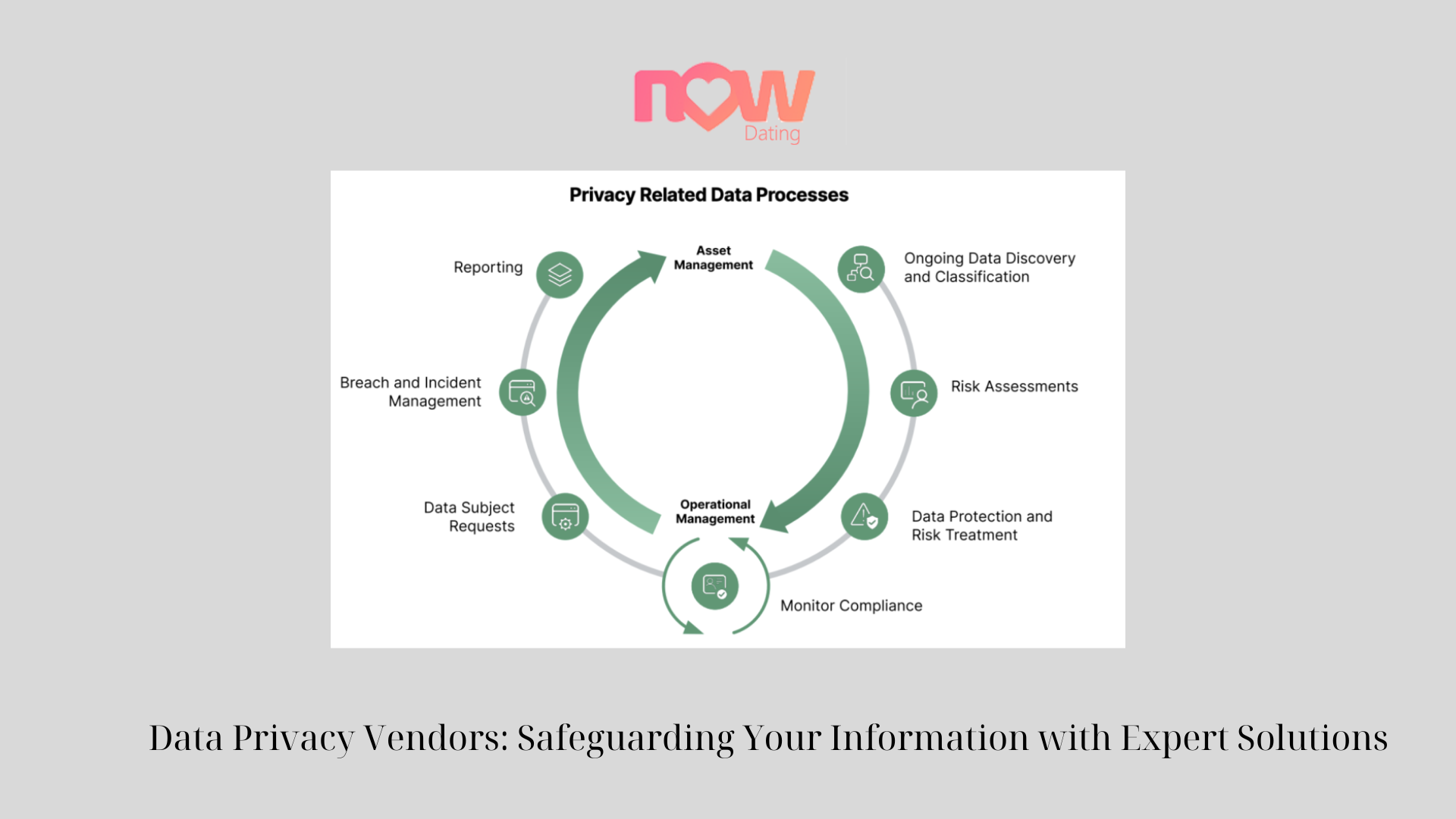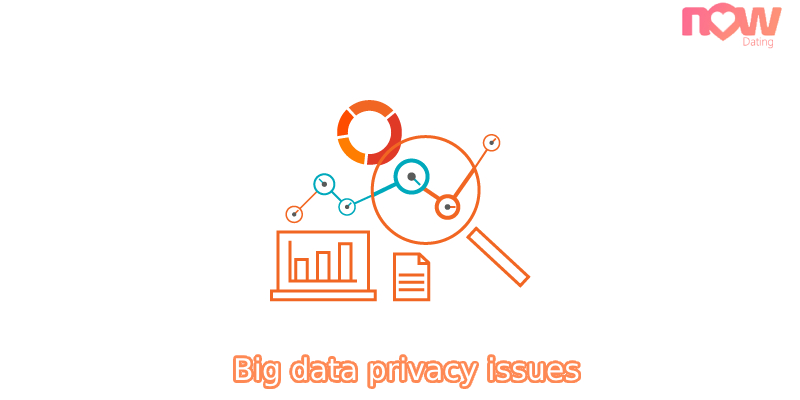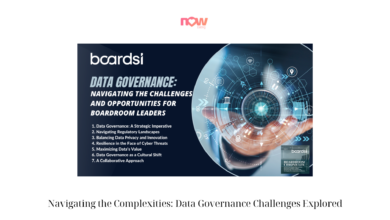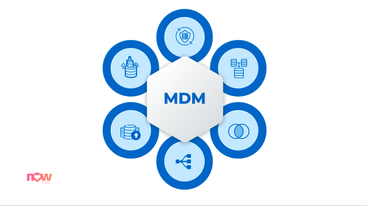Everything About Snowflake Data Governance You Should Know
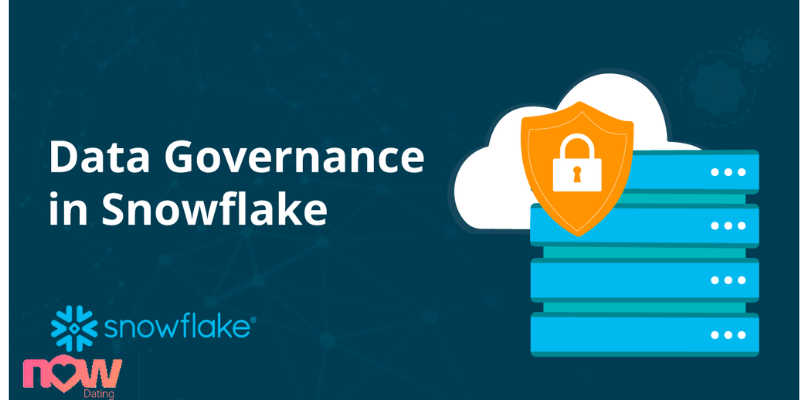
A business analyst nowadays may be unsure of which system to use because they receive the same data set from several different platforms. When the data between these systems do not match, the issue gets worse. Trusted data are urgently required. Organizations consider improved data unification and governance as cloud services multiply and storage and computing become infinite. Whether Snowflake Data Governance has built-in data governance capabilities or needs to rely on partners to do the same will be covered in this blog.
How Do You Build Snowflake Data Governance?
Although human audits and validation are necessary for many data governance measures, Snowflake offers capability to minimize the amount of controls needed. Snowflake can occasionally automate data governance controls. Let’s examine each of the data governance issues we raised previously and how Snowflake handles them.
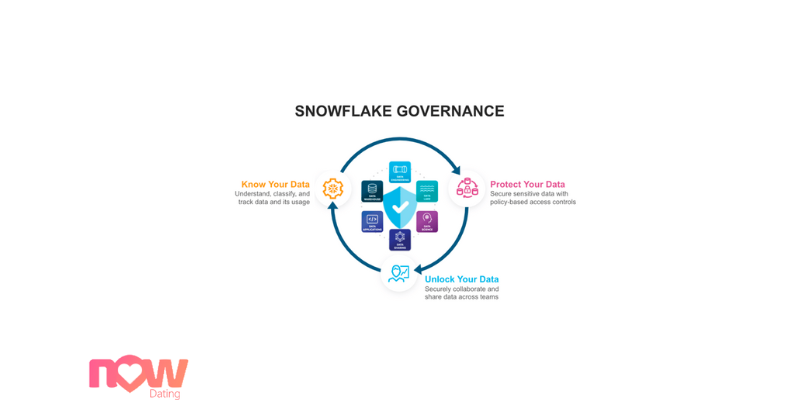
Availability
Your data must be accessible whenever your company requires it. Snowflake inherits many of the high availability capabilities that various cloud providers provide and is accessible on AWS, Azure, and Google Cloud Platform.
Hardware and software, however, are never flawless. There will inevitably be an outage that affects your business. If Snowflake experiences a service interruption, it will provide account credits (depending on your level of support). Although this doesn’t change how your business will be affected, it does help with any costs associated with the outage.
Having access to data when you need it is a crucial component of availability. Your data may be dispersed across several databases or clusters in many traditional systems. You need to build a data pipeline to transfer data from one system to another in order to aggregate that data.
As a result, there is a chance that data could become inaccessible if that pipeline is interrupted. The centralized data model used by Snowflake, on the other hand, eliminates the requirement for data pipelines to transfer data between locations and further improves the accessibility of your data across your company.
Usability
It’s critical to establish procedures and standards that make sure your data is accessible to users, properly recorded, identified, and labeled. Data ingestion must employ controls to provide reliable, consistent data. Services offer data in a variety of forms, so it’s essential that your tooling can enforce the constraints your business has set up.
Integrity
Your data must be dependable, accurate, whole, and consistent once it has been digested and saved. To guarantee that your business can rely on your data, you need set controls in place. Physical and logical data integrity are the two main types that an enterprise using Snowflake needs to be concerned with.
Challenges of Snowflake Data Governance
Data Silo
All of the compute nodes in Snowflake have access to a single central repository where data is stored and persistent. Its storage is automatically compressed, partitioned, clustered, scalable, and less expensive. Massively parallel processing and automatically scalable computation are also used to process this enormous volume of data.
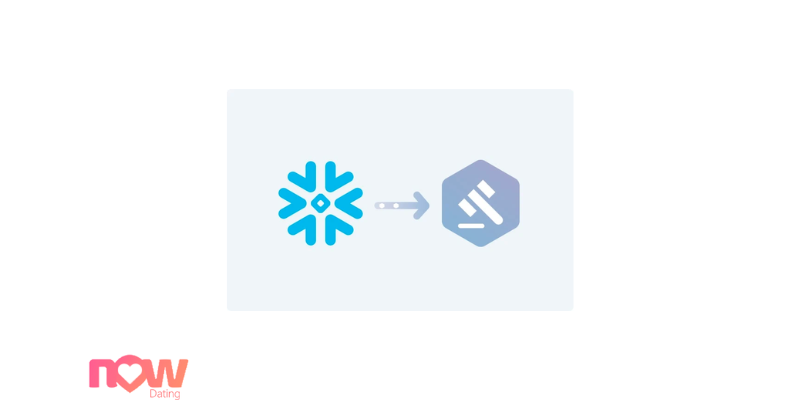
A practical method of taking a snapshot of data without physically copying it again is zero-copy cloning. The creation of backups or testing could both benefit from this. So, by combining all of your data sources into one platform using Snowflake, governance is made much easier to administer because all of your data is in one location.
Data Complexity
Many drivers, connectors, and support for programming languages and tools are available for Snowflake, making it simple to input data into the system. Streams, batch operations, or continuous data integration can all be handled. You can schedule a procedure to run at predetermined intervals using tasks. Combining Snowpipe with the Kafka connection, which is used to consume data streams, allows for continuous data ingestion into Snowflake.
Snowflake now supports organized, semi-structured, and unstructured data types. Currently, it can only be viewed privately. Without having to flatten the data into tables, querying semi-structured data is easier.
Lack of lineage
There is no ready-made solution for tracking lineage in Snowflake. All tables that are sourced into Snowflake will be arranged into unique schemas for each source as per best practice. The most popular transformation tool with Snowflake, debt, includes the ability to automatically create project documentation. It provides a clear image of the lineage’s dependence on the table or views as a whole. Also, it contains details about various columns, such as name, type, description, etc.
Untapped data
A data catalog is a list of all the data sets that are available for end users to use. Business users can learn what data is available in the system by cataloging the data. With a secure Data Exchange, Snowflake facilitates cataloguing. It serves as your own data center for a chosen set of people you invite to securely collaborate around data. It enables service providers to make data available for users to find. Users can also request information for tailored listings, which can then be given following a review.
Conclusion
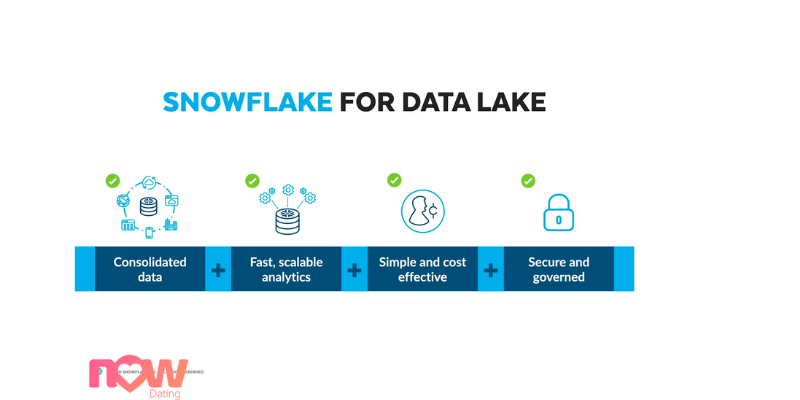
Controls should always be in place to ensure that your data is useful to your organization, only accessible by authorized parties, safe from hacking and data leaks, and highly available. There is an instant effect on your organization if sensitive data is lost, stolen, or not accessible.
Many built-in controls in Snowflake help to reduce the bespoke procedures and technical expenditures usually connected with data warehouses. Make sure to consider the required data governance controls before building a data warehouse or pipeline, and make sure to periodically re-consider and update these controls.
Conclusion: So above is the Everything About Snowflake Data Governance You Should Know article. Hopefully with this article you can help you in life, always follow and read our good articles on the website: qule.info

